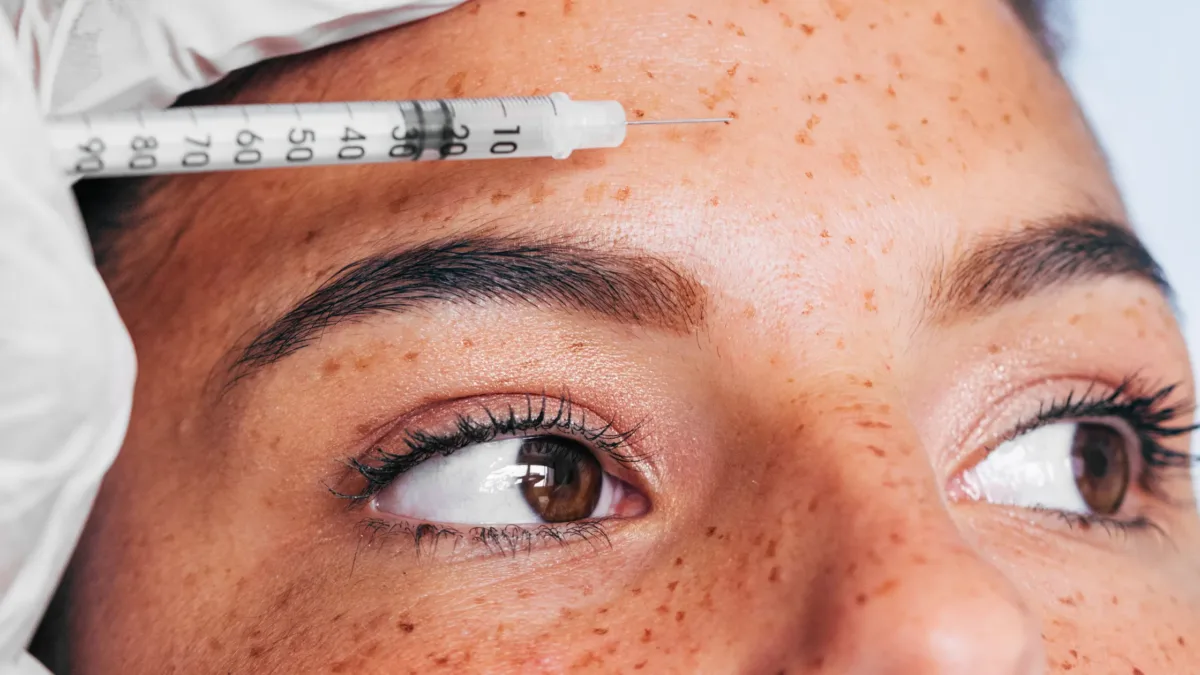Exosomes vs. PRP – What’s The Difference?

Exosomes are most often used in anti-aging, hair loss, and collagen restoration treatments. They are also increasingly replacing PRP therapy in med spas and doctor’s offices, and are a hot topic on beauty vlogs and TikTok. So this is the part where you might be asking: What even are exosomes? And maybe even: Okay, so what’s better, exosomes vs. PRP?
Let’s start with the basics.
Firstly, What Is PRP?
PRP, or platelet-rich plasma, are cells derived from a patient’s own blood. (Think: the vampire facial.) The blood is collected in a vial and spun in a special device which isolates the most healthful part of the plasma. The nutritionally dense plasma — filled with healing proteins and growth factor — is then either applied topically after microneedling or injected under the skin to treat hair loss and inflammation.
Okay, So What Are Exosomes?
Exosomes are cells derived from human placenta. They are a potent mix of peptides, lipids, collagen, and proteins. They also send a signal to our body that it’s time to restore and regenerate. Exosomes applied topically in gel form have been shown to reduce inflammation and the associated signs of aging. (Fine lines, uneven skin texture, and dull skin, to name a few). Exosomes injected into the body stimulate hair growth on the scalp and even target joint pain in the knees and hips.
The exosomes used in aesthetic and medical treatments are isolated in a lab from donated samples. They are screened for disease and all potential blood-born pathogens. (Basically, exosomes receive a “clean bill of health” before getting shipped to your provider). They also pack the most possible “punch” in terms of regenerative and restorative properties. This is because they are mined from placenta — aka the healthiest and most nutrient-rich of human cells.

Exosomes vs. PRP: Which Is Better?
While both exosomes and PRP provide benefits in clinical studies, exosomes have outpaced PRP in recent tests. This is due to one simple reason: The plasma used in PRP is limited by the health and age of the client. A 25-year old patient in good health already has fewer lipids, proteins, and growth factors in their plasma. Meanwhile, placenta-derived exosomes are packed with the most potent dose of regenerative properties — every time.
Furthermore, PRP has more associated health risks. This is because PRP requires an in-office blood draw, and taking blood entails risk of infection and cross-contamination.
The bottom line? Our office sees no reason to continue the use of PRP therapy when exosomes are now an option. The risks to the client are lower and the clinical results are better.
Click here for our exosomes before and afters. Book a consult now via our online booking page or just give us a call!
